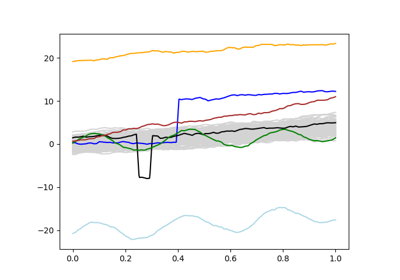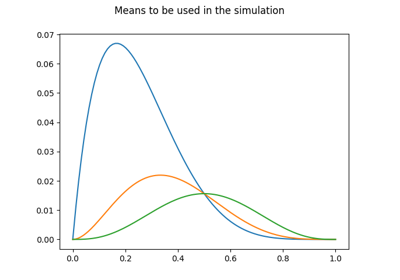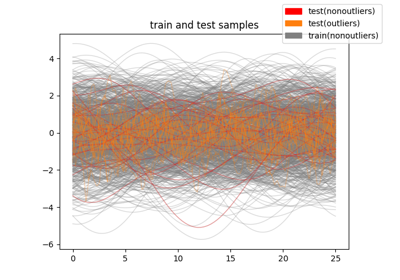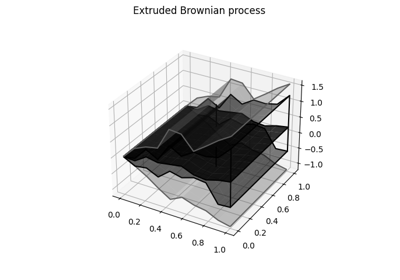make_gaussian_process#
- skfda.datasets.make_gaussian_process(n_samples=100, n_features=100, *, start=0, stop=1, mean=0, cov=None, noise=0, random_state=None)[source]#
Generate Gaussian process trajectories.
- Parameters:
n_samples (int) – The total number of trajectories.
n_features (int) – The total number of features (points of evaluation).
start (float) – Starting point of the trajectories.
stop (float) – Ending point of the trajectories.
mean (MeanLike) – The mean function of the process. Can be a callable accepting a vector with the locations, or a vector with length
n_features.cov (CovarianceLike | None) – The covariance function of the process. Can be a callable accepting two vectors with the locations, or a matrix with size
n_featuresxn_features. By default, the Brownian covariance function is used.noise (float) – Standard deviation of Gaussian noise added to the data.
random_state (RandomStateLike) – Random state.
- Returns:
FDataGridobject comprising all the trajectories.- Return type:
See also
make_gaussian(): More general function that allows to select the points of evaluation and to generate data in higer dimensions.





